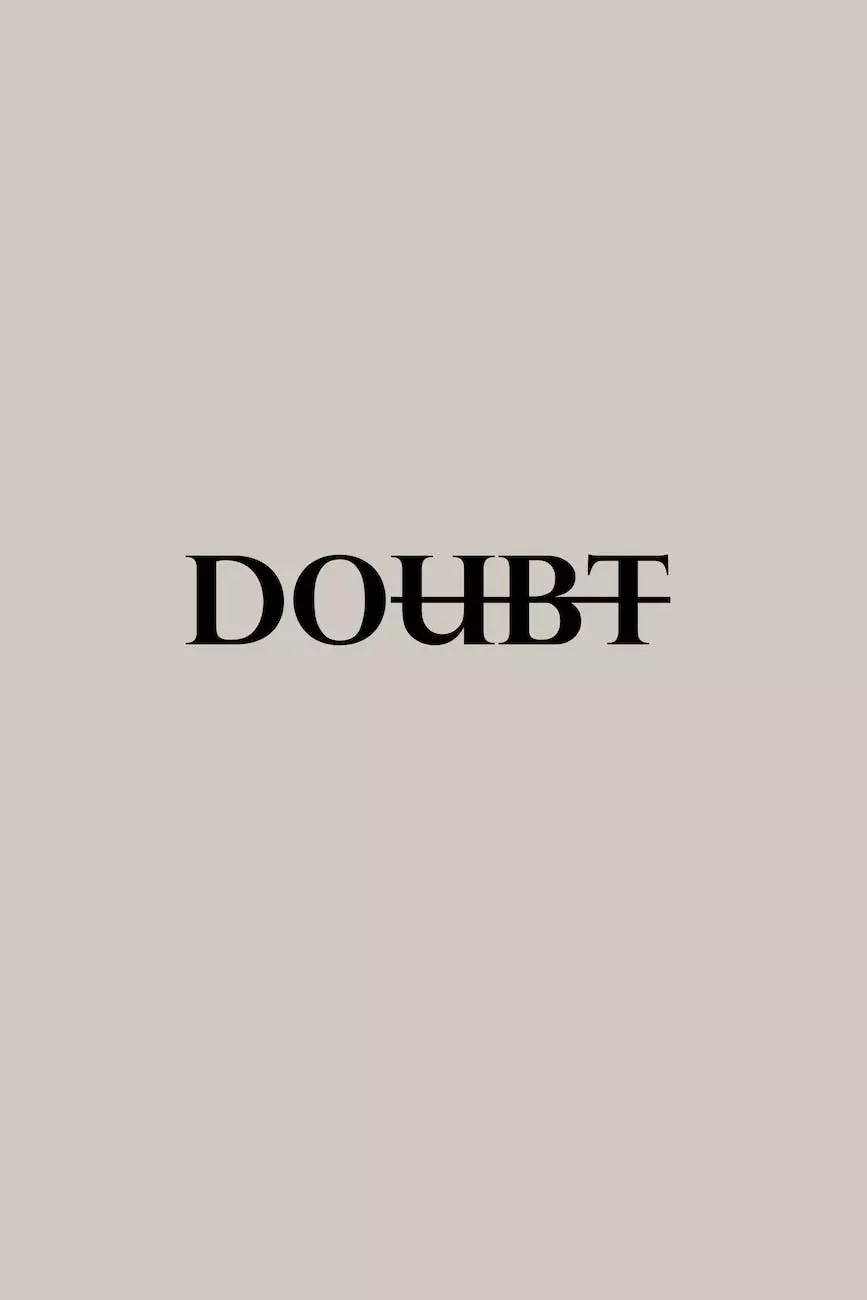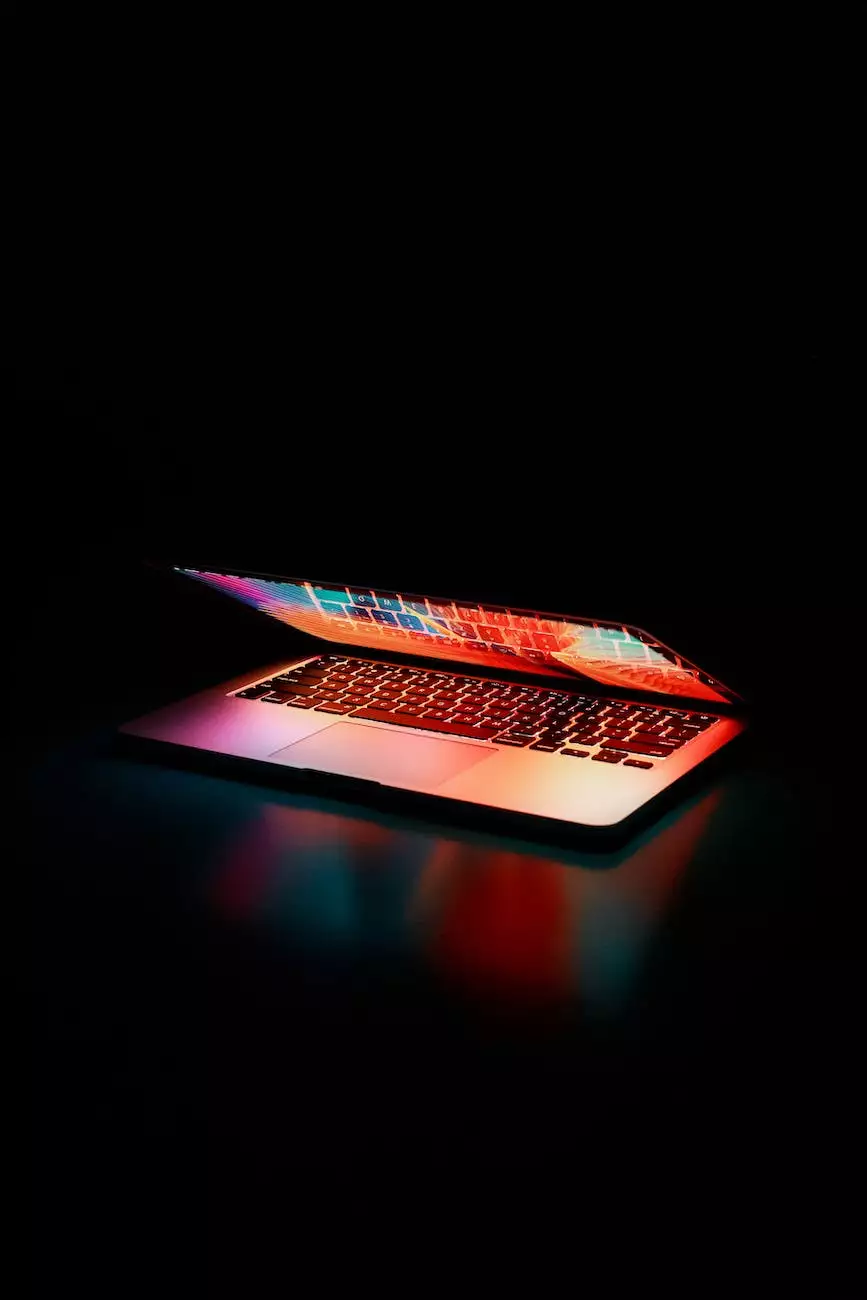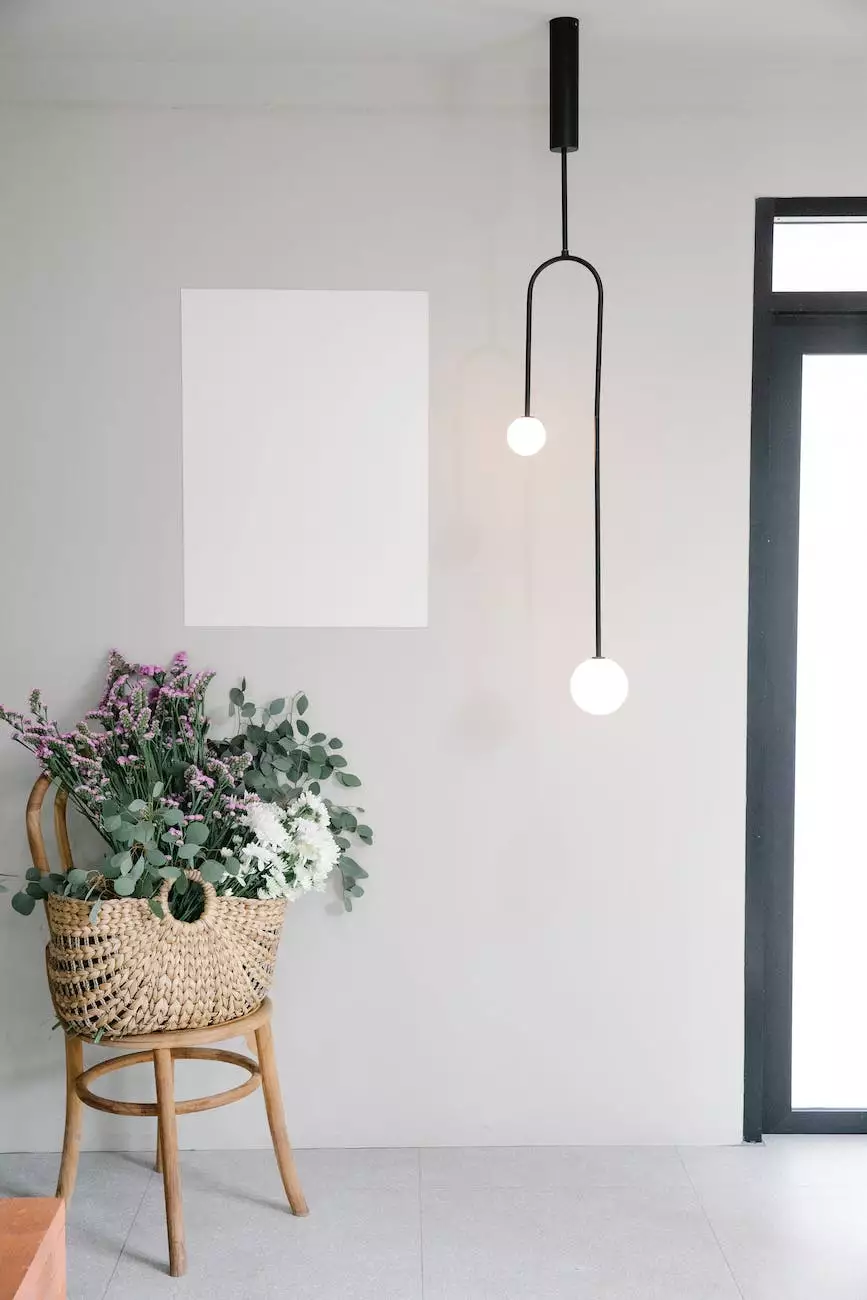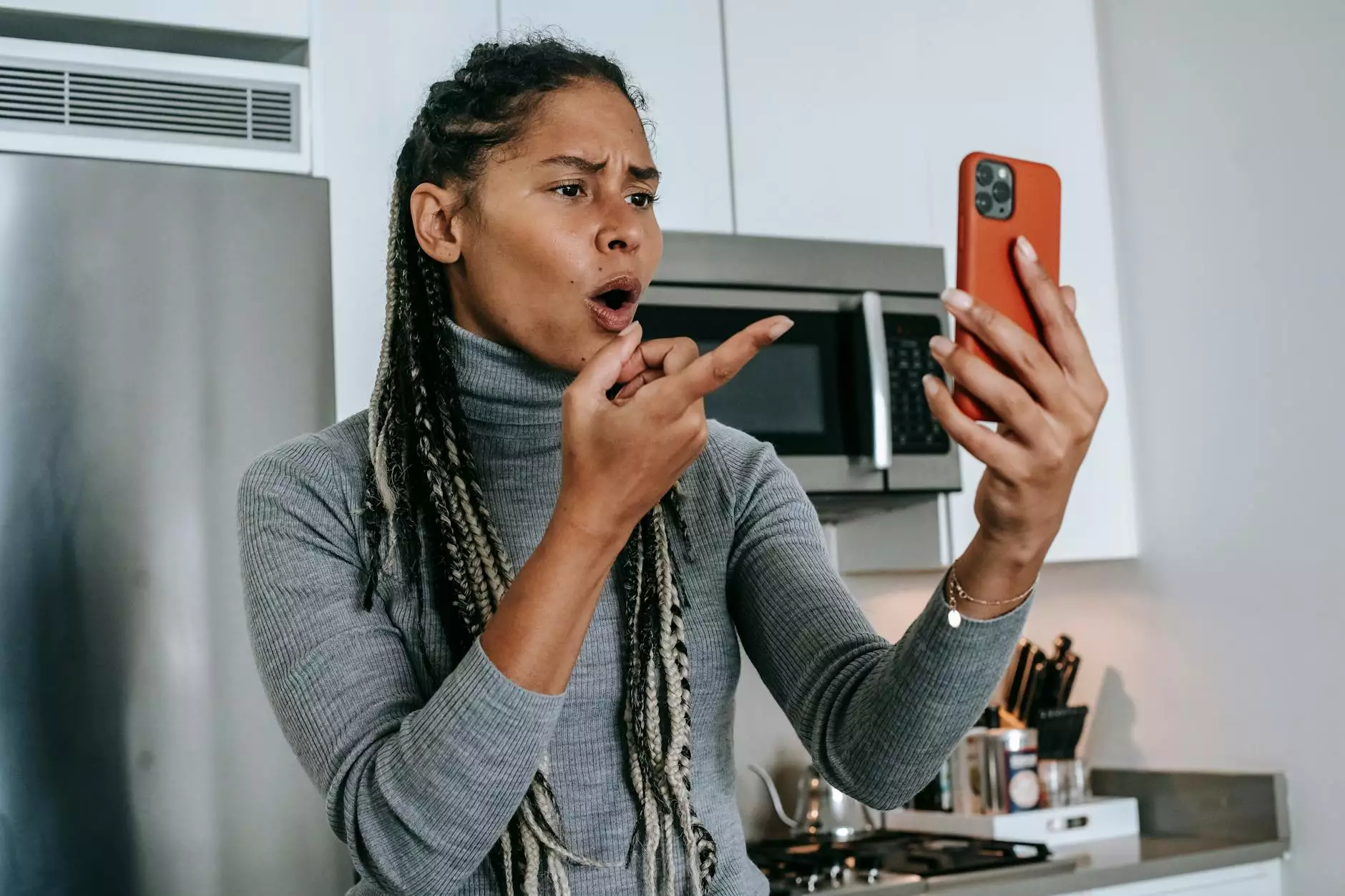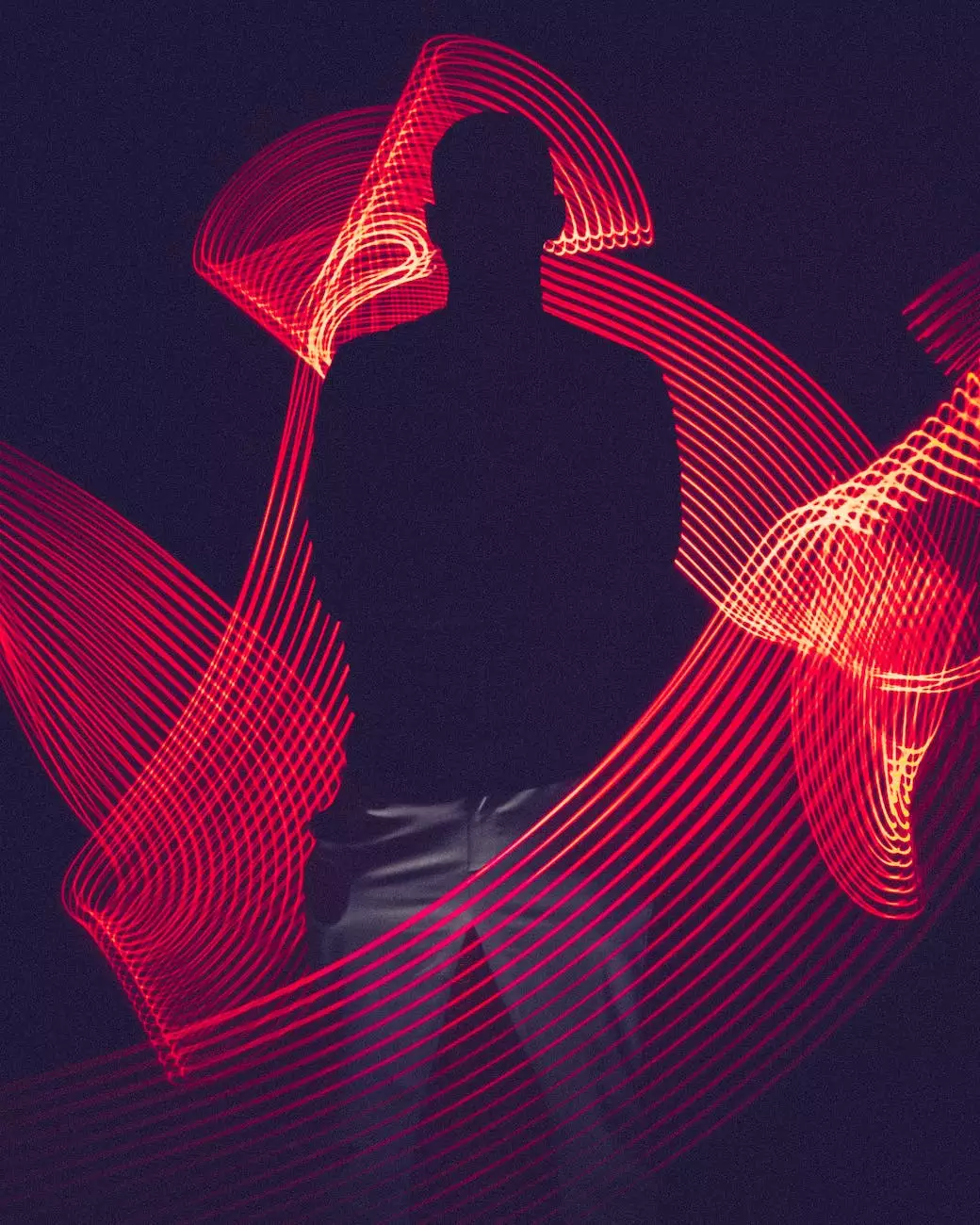How To Use QR Codes Properly: A Nerdy QR Code Guide
Blog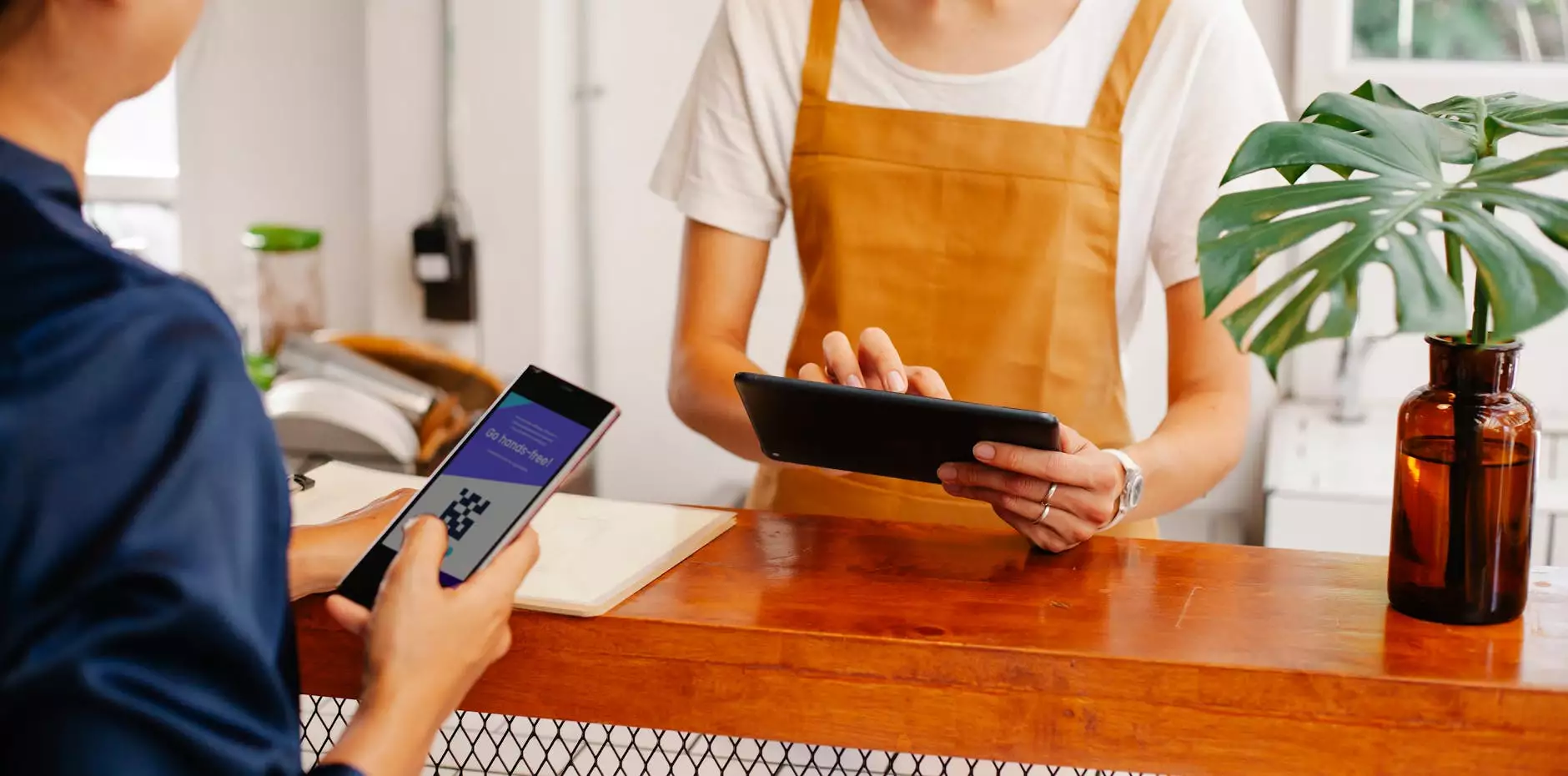
Introduction
Welcome to Megan Berg Designs' comprehensive guide on how to use QR codes properly in the realm of arts and entertainment - visual arts and design. In this guide, we will delve into the intricacies of QR codes, providing you with all the information you need to effectively integrate them into your creative projects.
What Are QR Codes?
QR codes, short for Quick Response codes, are two-dimensional barcodes that store information in a machine-readable format. Initially developed for the automotive industry, QR codes have gained popularity in various domains, including the arts and entertainment industry.
Advantages of Using QR Codes in Visual Arts and Design
When it comes to the world of visual arts and design, QR codes have proven to be invaluable tools. Here are some advantages of incorporating QR codes into your creative projects:
- Enhanced Interactivity: QR codes allow for seamless interaction between physical and digital mediums. By scanning a QR code, users can access additional content, such as behind-the-scenes details, artist interviews, or exclusive video snippets.
- Increased Engagement: With the ability to link directly to websites, social media profiles, or online portfolios, QR codes provide an avenue for artists and designers to engage directly with their audience.
- Effortless Portfolio Accessibility: QR codes offer a convenient way to share and showcase portfolios. By including a QR code on business cards or promotional materials, potential clients and collaborators can easily access your work with a simple scan.
- Streamlined Event Promotion: When organizing art exhibitions, design shows, or cultural events, QR codes can be utilized for ticketing, artist bios, or event schedules, making the overall experience smoother for attendees.
Step-by-Step Guide to Using QR Codes Effectively
Step 1: Define Your Objective
Before incorporating QR codes into your visual arts and design projects, it's essential to define your objective. Determine what specific actions or information you want to provide to your audience through the QR code.
Step 2: Select a Reliable QR Code Generator
Choose a reputable QR code generator that offers customization options, analytics, and the ability to generate static or dynamic QR codes, depending on your requirements. Some popular options include QRCode Monkey, QRStuff, and Scanova.
Step 3: Design Your QR Code
Customize your QR code to align with your artistic vision. Experiment with different color palettes, patterns, and embedding techniques while ensuring that the QR code remains scannable.
Step 4: Test and Verify
Before finalizing your artwork, test the QR code across multiple devices and scanning apps to ensure its functionality. Verify that it leads to the desired destination and delivers a seamless user experience.
Step 5: Integrate and Promote
Embed your QR code into various visual mediums, such as posters, packaging, art installations, or digital displays. Promote its presence and provide clear instructions on how to scan the code.
Tips for QR Code Implementation
1. Optimize Mobile Experience:
Remember that most users will scan QR codes using their smartphones. Therefore, make sure the destination of your QR code is mobile-responsive, providing users with an optimized viewing experience regardless of the device they use.
2. Provide Value:
Ensure that the content users access through the QR code adds value to their experience. It could be exclusive content, discounts, additional insights, or anything that enhances their interaction with your artistic creations.
3. Monitor Analytics:
Utilize the analytics provided by QR code generators to track scans, interactions, and conversions. Analyzing this data will help you understand your audience better and fine-tune your QR code strategies accordingly.
4. Update External Links:
If your QR codes point to external websites or digital assets, periodically review and update these destinations to ensure they remain relevant and functional.
Conclusion
QR codes have revolutionized the way artists, designers, and creative enthusiasts interact with their audience. By following the steps outlined in this comprehensive guide, you can ensure the proper integration of QR codes into your visual arts and design projects. Stay ahead of the curve, embrace the power of QR codes, and unlock new opportunities for engaging experiences.


